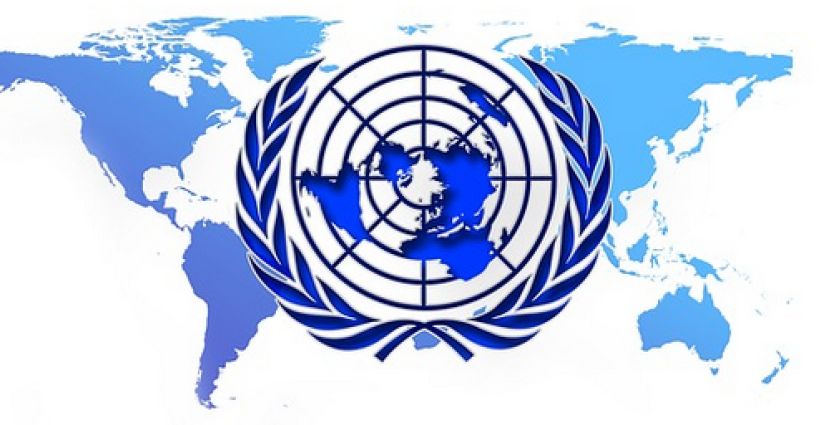Tightening of GHS Regulations Has a Positive Impact on the Environment

Chemicals can have a devastating impact on both human health and the environment, and over the past century, humans have introduced an astounding number of chemical substances into the environment. Some are useful and some are waste, but they all can put our planet and people at risk if not managed appropriately. This is where the GHS standards come into play.
The Globally Harmonized System for Hazard Communication has put comprehensive standards into place that work to ensure the enhanced protection of the environment from chemical hazards. One specific way these standards are working to help the environment is by identifying the exact chemical hazards to bodies of water. These standardized hazards to the aquatic environment include the following:
* Acute and/or chronic aquatic toxicity
* The potential for bioaccumulation
* Rapid degradability
Acute aquatic toxicity occurs when a chemical causes injury to an aquatic organism in short-term exposure. For example, recent research completed by the River to Reef Turtles project found that green turtles living near Queensland farming areas were exposed to industrial and agricultural chemicals, causing them to become stranded at nearby bays.
Chronic aquatic toxicity happens when either of these are present: the potential for or actual occurrence of a chemical causing harmful effects to aquatic organisms, found to occur during the lifecycle of the organism. An instance of this form of toxicity was recently reported by an environmental group in Decatur, Tennessee who found that well known multinational conglomerate has been consistently releasing chemicals into the Tennessee River and groundwater in the area.
Instances like these are unfortunately prevalent and expansive throughout bodies of water around the world. GHS standards are working to prevent and amend these situations by clearly defining chemical hazards, creating classification processes, and communicating data like this effectively to companies and organizations worldwide. With product identifiers, pictograms, precautionary statements, and supplemental information, the GHS standards work to make this crucial information about products and chemicals more readily available and understandable. When organizations around the world can comply with GHS standards, our environment will see reduced risks at all levels, personally, locally, nationally, and globally.



